3 Opportunities for education during the pandemic
Neo LMS
JANUARY 27, 2022
Some of these are: different approaches to teaching adapted to students’ needs, developed ICT skills, professional development for teachers, attempts to bridge the digital divide, improvement of resource accessibility, funding and curriculum changes. Read more: Methods and tools to develop future-ready skills.

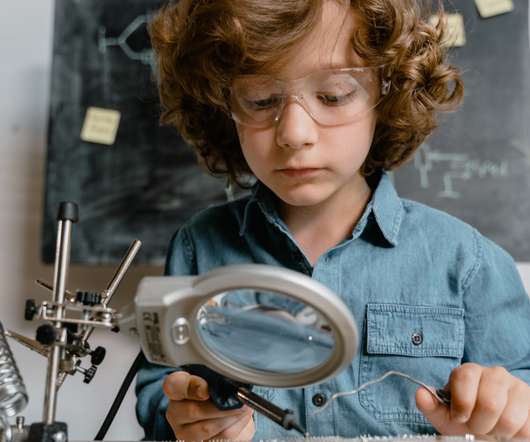
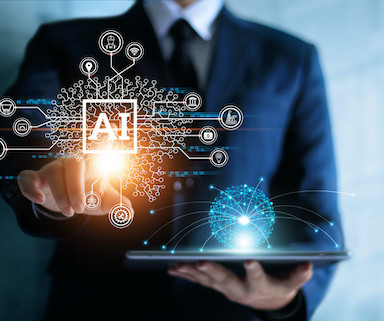

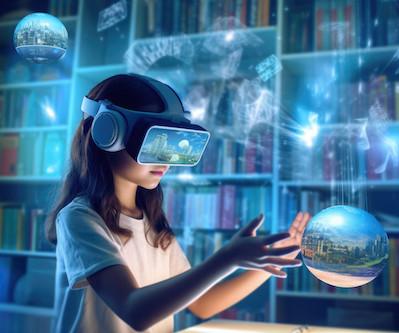

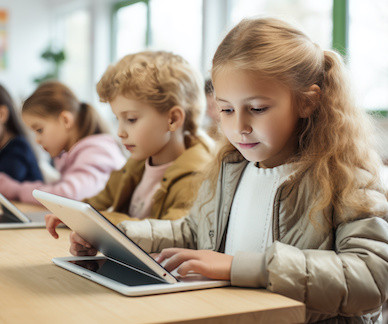
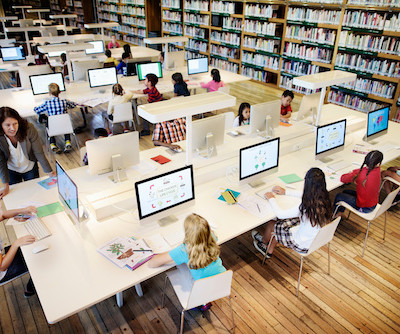















Let's personalize your content